One of the questions I often get asked from people not into kimono is “What do you do when it’s cold?”. It’s a perfectly valid question – can you imagine stuffing those sleeves or a big fat obi musubi into, say, a wool pea coat? It would look profoundly silly, not to mention how rumpled you’d be when you got to your destination!
Thankfully, it does also get cold, wet, and snowy in Japan, so there is a solution. Haori are a form of jacket available in multiple thicknessess for all times of year, and michiyuki are longer coats, typically for cooler weather and precipitation. Not only are they practical, they’re also a great way to “finish” an outfit.
Purple “meisen” haori


I love the vibrant colours and vintage feel of this piece. I refer to it as “meisen” because I’m honestly not sure whether it’s true meisen that got wet and bled slightly, or it’s dyed to look like meisen. The edges aren’t quite sharp enough to have been woven. I got this one for a steal because of the water spot on the back. While it’s pretty apparent in the photos (due to the flash), it’s nearly invisible in person.
Black haori with yuzen flowers


A very nice, simple black haori with nice red kiku on the back. It’s probably the dressiest-looking haori I’ve got.
“Wrought Iron” batik haori


I love this haori. So much. From a distance, it looks like a black wrought iron fence, covered with spiderwebs. Up close, it’s dappled with vivid colour. It goes with so much stuff.
Celadon green “Tale of Genji” haori


Love it or hate it, The Tale of Genji is one of the most enduring and well-known stories ever, and motifs inspired by the stories within it are relatively common. This is a fun haori, I find weird new things on it every time I look at it.
Synthetic red haori with white flecks

Pretty straightforward. It’s red. It has white dots. It’s spot-washable. Yay!
Bamboo cluster ivory haori


I probably paid way more for this than I should have, but I couldn’t resist. It was at a booth at a matsuri this summer, and I just fell stupid in love with it. The silk is so amazingly buttery soft and rich, and although it’s hard to see in the photos, the bamboo leaves all have tiny patterns in them. They’re in many different shades of green, gold and bronze, and one of the greens perfectly matches my mint-green iromuji.
Red and black graphic michiyuki


Amelie‘s loss was my gain in this case. She purchased this michiyuki, and it was too long for her. I am nearly six feet tall, and it’s very rare that anything fits me properly, let alone being too long, so imagine my shock when I tried this on and it covered me nearly to my ankles! The fact that it’s red and black only made it even more awesome to me.

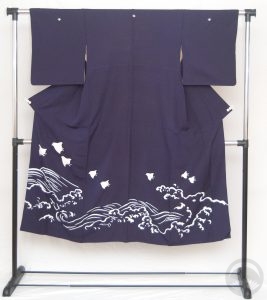


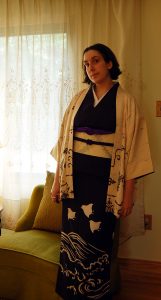
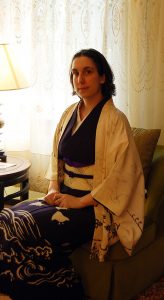


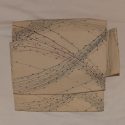
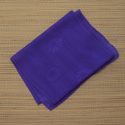


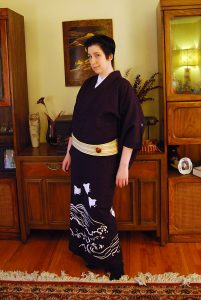
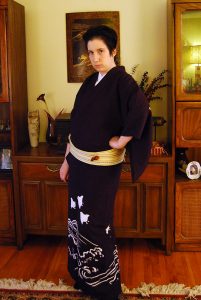
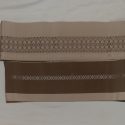
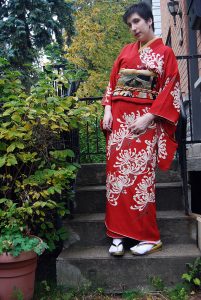
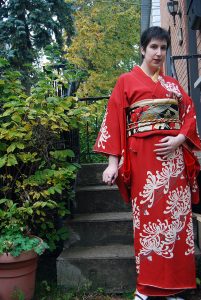
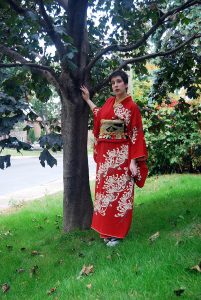
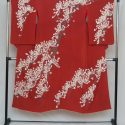
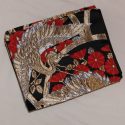
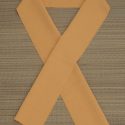

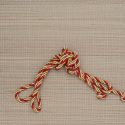






















































 Bebe Taian
Bebe Taian CHOKO Blog
CHOKO Blog Gion Kobu
Gion Kobu